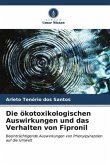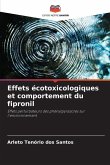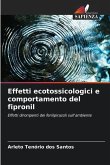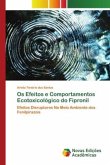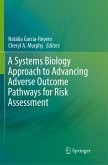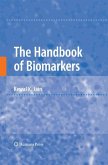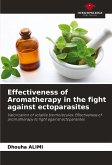The indiscriminate use of phenylpyrazole has had a negative impact on the environment, especially with toxic residues in water, soil, air, plants and animals. Generating negative impacts on natural environments, due to its direct and indirect action on biodiversity or its genetic bases.This book brings together fundamental information for professionals in the most diverse areas of scientific knowledge, such as Medicine, Pharmacy, Biomedicine, Biochemistry, Chemistry, Biology, Environmental Engineering, Agronomy and specializations. They seek to understand the mechanism and types of degradation of phenylpyrazoles and their metabolites in soil, water and air, as well as the consequences for the environment and human beings. These substances are toxic, have varying degrees of persistence and mobility in the environment and have potential cytotoxic, genotoxic or carcinogenic, mutagenic and teratogenic activities.
Bitte wählen Sie Ihr Anliegen aus.
Rechnungen
Retourenschein anfordern
Bestellstatus
Storno


